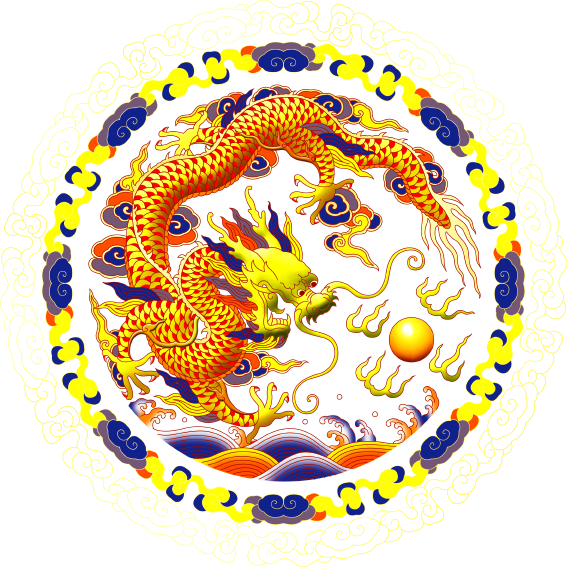DAO YIN
“Dao Yin (导引) has been widely recognized in the medical history of China. Today, as in ancient times, the practice of this discipline is prescribed to treat various conditions such as 痿 (wei) ‘impotence,’ 厥 (jue) fainting, 寒 (han) cold energy, 热 (re) hot energy, among many others. The famous ‘Internal Classic’ 内经 (Neijing) initially recommends practicing Dao Yin together with massage. Going even further, notable physicians like Zhang Zhong Jing and Hua Tuo emphasized that Dao Yin (导引) is more effective when combined with acupuncture (针灸) while performing medicinal wine rubs (膏摩). Nowadays, the Dao Yin system has its own massage and self-massage method ‘按乔‘ (massage), which is practiced by default in every class.
The renowned physician of the Eastern Han period, Dong Fang Shuo, praises Dao Yin (导引) and places it in a privileged position. He recommends it as essential for cultivating longevity and spiritual immortality. Hua Tuo, the famous Chinese physician who invented anesthesia, said, ‘导引可逐客邪于关节‘; ‘宜导引而不导引,则使人邪侵关节,固结难通‘ (‘Dao Yin can expel pathogenic factors from the joints; practicing it regularly prevents pathogenic factors from invading the joints and causing persistent blockages’). Over the centuries, hundreds of techniques have been created, and thousands of schools have opened to the public.
The most representative schools include the ‘Chi Song Dao Yin Method’ (赤松子导引法) founded by Prince Qiao of the Zhou Dynasty (周代王子乔始创). The ‘Jianzhen Breathing Technique’ created by the Tang Dynasty monk Jianzhen (唐代高僧鉴真), the ‘Dao Yin Technique of Guangdu’ (广渡导引术) founded by the Song Dynasty monk Guangdu (宋代高僧广渡), and the ‘Dao Yin Method for the Elderly’ (老人导引法) created by Cao Tingdong in the Qing Dynasty (清代曹廷). Today, in almost every city on the planet, there are groups dedicated to the practice of this discipline.
Dao Yin (导引) is an indispensable complement to martial arts, as it provides muscular elasticity and flexibility in movement. Martial arts tend to strengthen the body but also make it too rigid. Practicing too much martial arts can make the body overly Yang, affecting the joints and musculature. Such rigidity eventually makes the body more fragile. It is also an excellent complement to Qigong, as Dao Yin is like a complete discipline, and Qigong is a routine within that discipline. Originally, Dao Yin routines were isolated and simplified, and these simplified routines were called Qigong. Therefore, complementing Dao Yin with Qigong is, in fact, deepening Qigong. Finally, complementing Dao Yin with meditation helps sustain meditative postures more easily, allowing for extended meditation periods. Look for a Dao Yin instructor and try a class, and you will see the difference.”
